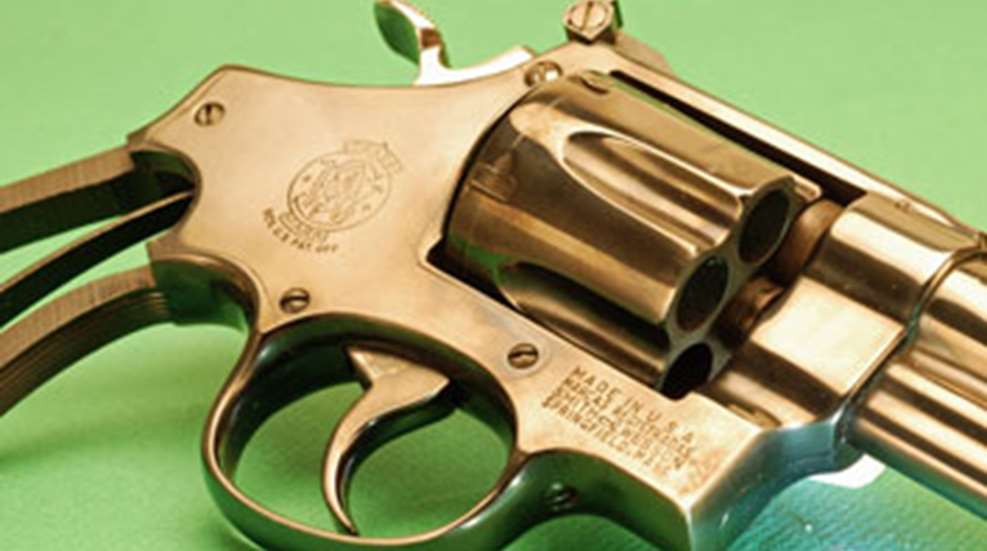
Among Smith & Wesson fans, there is still some confusion surrounding the use of the terms “three-screw, four-screw and five-screw.” If you are one of the many younger students of the great products of the legendary Massachusetts gunmaker, you may have been puzzled by what seems to be insider use of these terms. To get everyone on the same page, a brief history lesson and explanation should help out.
The term “screw” applies to the Hand Ejector series of revolvers, meaning everything introduced since the mid-1890s. In chronological order, that's the I-, K-, M-, N-, J-, L- and most recently, the X-frame guns. To put it another way, the term covers almost every S&W revolver in use. Every one of these guns have a side plate on the right side of the frame that covers the various parts that make up the revolver's lockwork—hammer, mainspring, rebound slide, etc. It is an old fashioned way to make a gun, but it works to perfection, so it remains in use. Screws hold the plate in position on the gun and the number of screws used helps tell us when a particular gun was made. To further complicate the issue, S&W used another screw in the front edge of the trigger guard to retain the spring and lug that locks the cylinder in place.
The Hand Ejector series of revolvers has literally defined Smith & Wesson revolver in the 20th Century. The first guns—I-, K- and N-frames—were made with five screws. That's four on the sideplate and one in the trigger guard. Designers have updated the guns in a variety of ways, but it wasn't until 1955 that they came up with a method of manufacturing the sideplate that permitted the omission of the topmost sideplate screw. It worked quite well and simplified the manufacturing process, so it was now a four screw gun. A little later, the engineers found a way to sidestep a nagging problem with the forward screw in the trigger guard. Frequent clogging of this screw hole with bluing residue drove a need to do away with this screw and matching threaded hole. We now have a three-screw revolver. Mechanically, I doubt if an early century five-screw M&P revolver was in any way mechanically superior to a similar three-screw gun made last week. The 3-, 4- and 5-screw designations help in identifying a particular gun and dating it to a general time period. It's part of the history of one of America’s great firearms makers.





































